F is for Fairies.
Fairy is also known as faery, faerie, fay, fae, the wee folk, good folk or fair folk. This mythical being is described as supernatural or preternatural. In early history, the faeries were described as appearing human, but possessing magical powers. The winged-faeries became popular in Victorian times.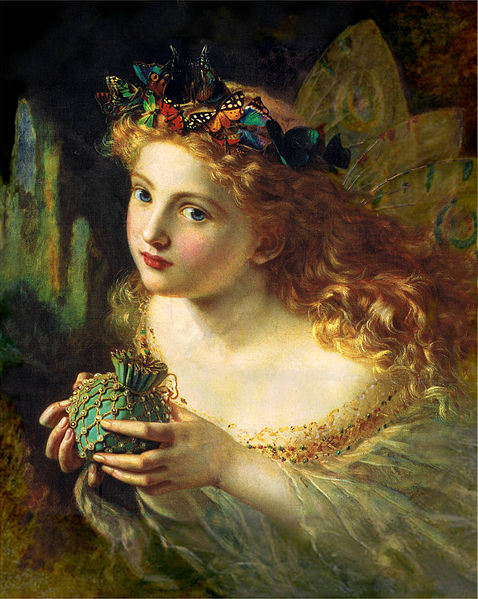 In some folklore fairies have green eyes and bite. They are brilliant at confusing their words, but they cannot lie. They hate being told ‘thank you’. They want their good deed remembered and want something that will guarantee it.
In some folklore fairies have green eyes and bite. They are brilliant at confusing their words, but they cannot lie. They hate being told ‘thank you’. They want their good deed remembered and want something that will guarantee it.
Legend of the Fairies
Fairies are Dead
Some believe fairies are the dead, ghost-like figures. The Irish and the Scottish believe the banshee is a fairy woman. She’s sometimes referred to as a ghost.
Some believe the fairies were an intelligent species like an elemental. Gnomes and Sylphs are such fairies.
Demoted Angels
Another belief is that they are demoted angels. One story states when the angels revolted, God ordered the gates shut and those in heaven remained angel, those in hell became devils, and those caught in between became fairies. Another story is that the angels were thrown out of heaven. They weren’t evil enough for hell, but they were not good enough to be in heaven.
Another belief is that fairies are demons. This became popular with the growth of Puritanism. The hobgoblin was a friendly household spirit, but then became a wicked goblin during this period. Dealing with faeries was considered witchcraft and was punishable by death.
Pagan Deities
In many of the Irish tales the Tuatha De Danaan are considered fairies. In ancient writings they were considered goddesses and gods. These beings came from the islands in the north of the world, or from the sky. After they were defeated in battles they withdrew to the sidhe (fairy mounds). In Celtic lore the sidhe were immortals living in the ancient barrows and cairns. The Tuatha de Danaan were associated with Otherworld realms: Mag Mell (the Pleasant Plain), Emain Ablach (the Land of Promise or the Isle of Women), and the Tir na nÓg (the Land of Youth).
In my tale, the fairies don't make an appearance, but they do give a wee bit of nudge to bring Aubrey and Ian together.
Mr. O'Grady's Magic Box (UNBELIEVABLE FINDS PARANORMAL Series)
This sweet tale surrounds Aubrey and Ian. They shared a whirlwind romance, but it ended abruptly with no closure. Aubrey's arrival at the inn will give Ian a chance to explain why he left her, but will it be enough for her to forgive him? Can a romance gone wrong be rekindle into something more profound?
So do you think of fairies as small winged fairies, or beautiful human-like beings?
Here's the list to the other A to Z Challenge participants.
*All photos are public domain works of art.

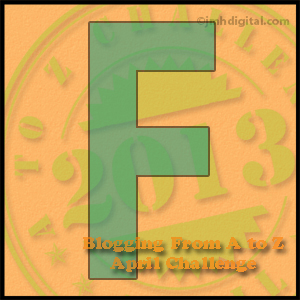
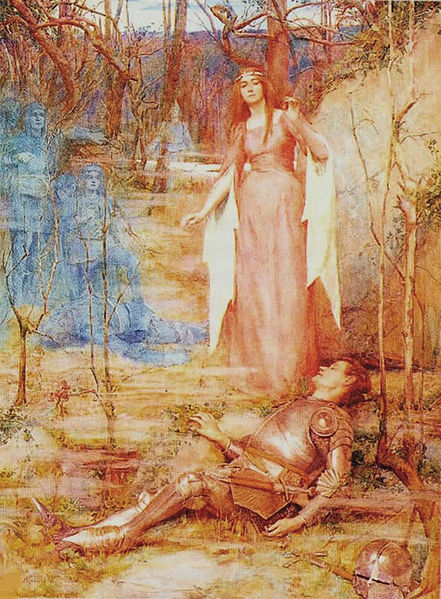
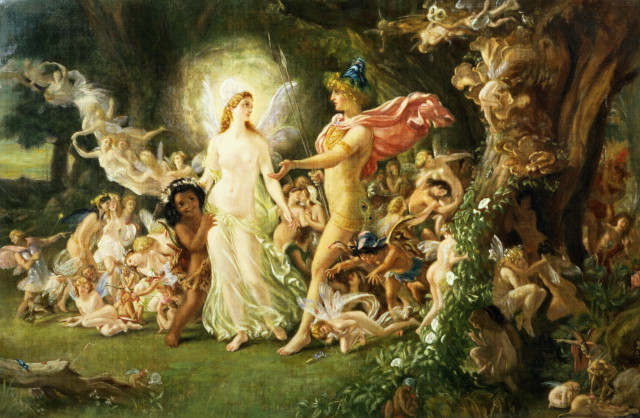
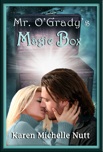
I like my fairies small and winged, certainly not evil but a bit mischievous.
DL,
Yep, fairies must be just a wee bit mischievous! Thanks for popping in for a gander.
I’ve always thought of my fairies as winged…male or female, good trouble makers in small packages.
Jen,
Thanks so much for stopping by. I’m on my way to check out your blog next. 🙂
Hi Karen,
I believe both is true. There are different kinds of faeries–some are tiny and some are tall. The faeries in my books are the tall Tuatha de Danaan. According to W.B. Yeats, the Danaans are tall and noble and able to take other shapes.
Kelley
Hi Kelley,
So glad to see you’re on the A to Z Challenge hop, too.
I do love the stories surrounding the Tuatha de Danaan. W.B. Yeats did love his faeries. 🙂 Thanks so much for stopping by.
If I am honest I have never really thought of faeries much.
I know the tooth faerie that visits here like to leave a messy trail of glitter after her visits. It only comes on the places she lands … my girls used to hunt for sightings of glitter around their rooms after a visit … twas cute.
Lisa,
Glitter tracks– how cute is that!
Always thought fairies were the good guys. Have been told that I have angels watching over me 😉
Sumita,
Everyone should have a guardian angel. 🙂